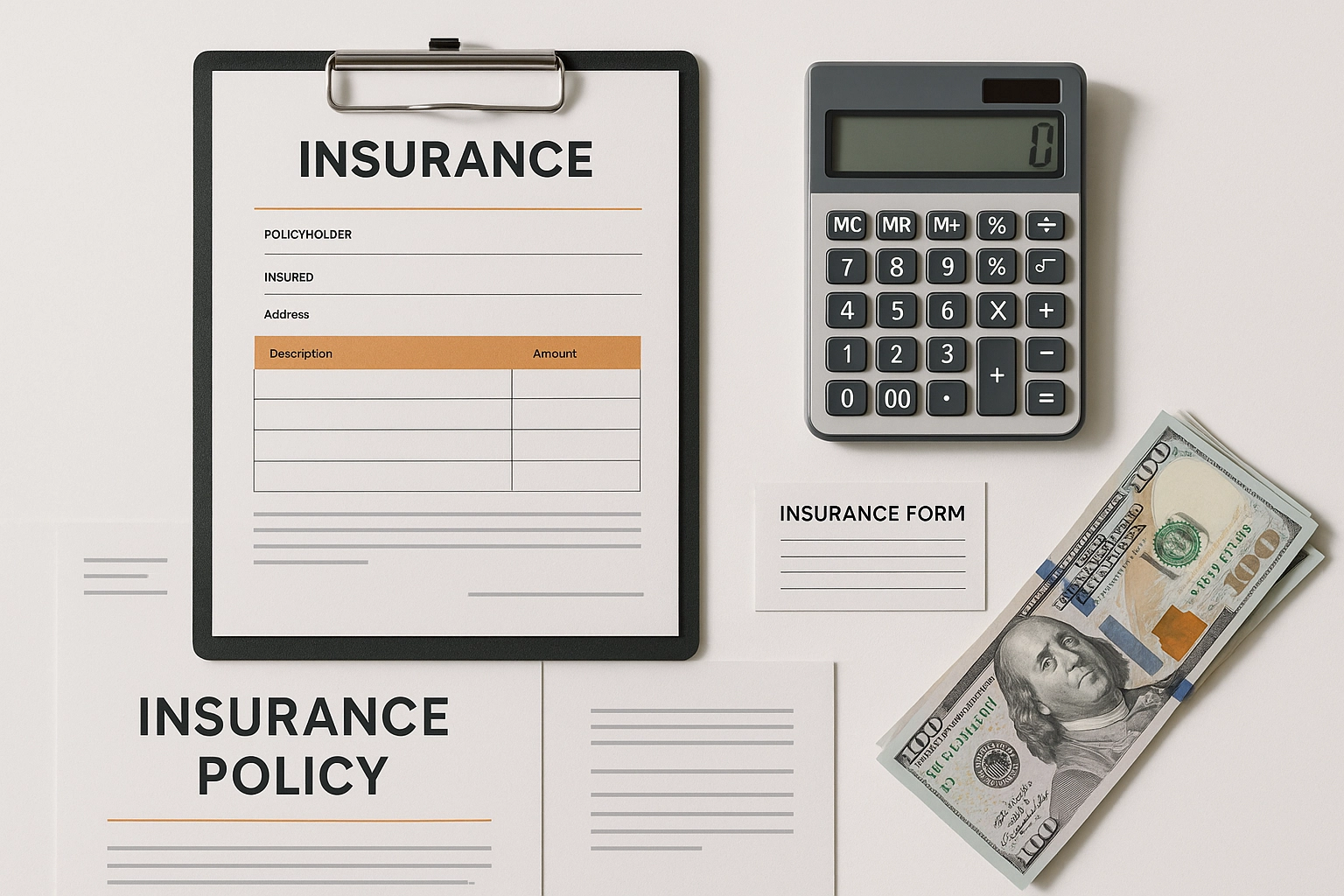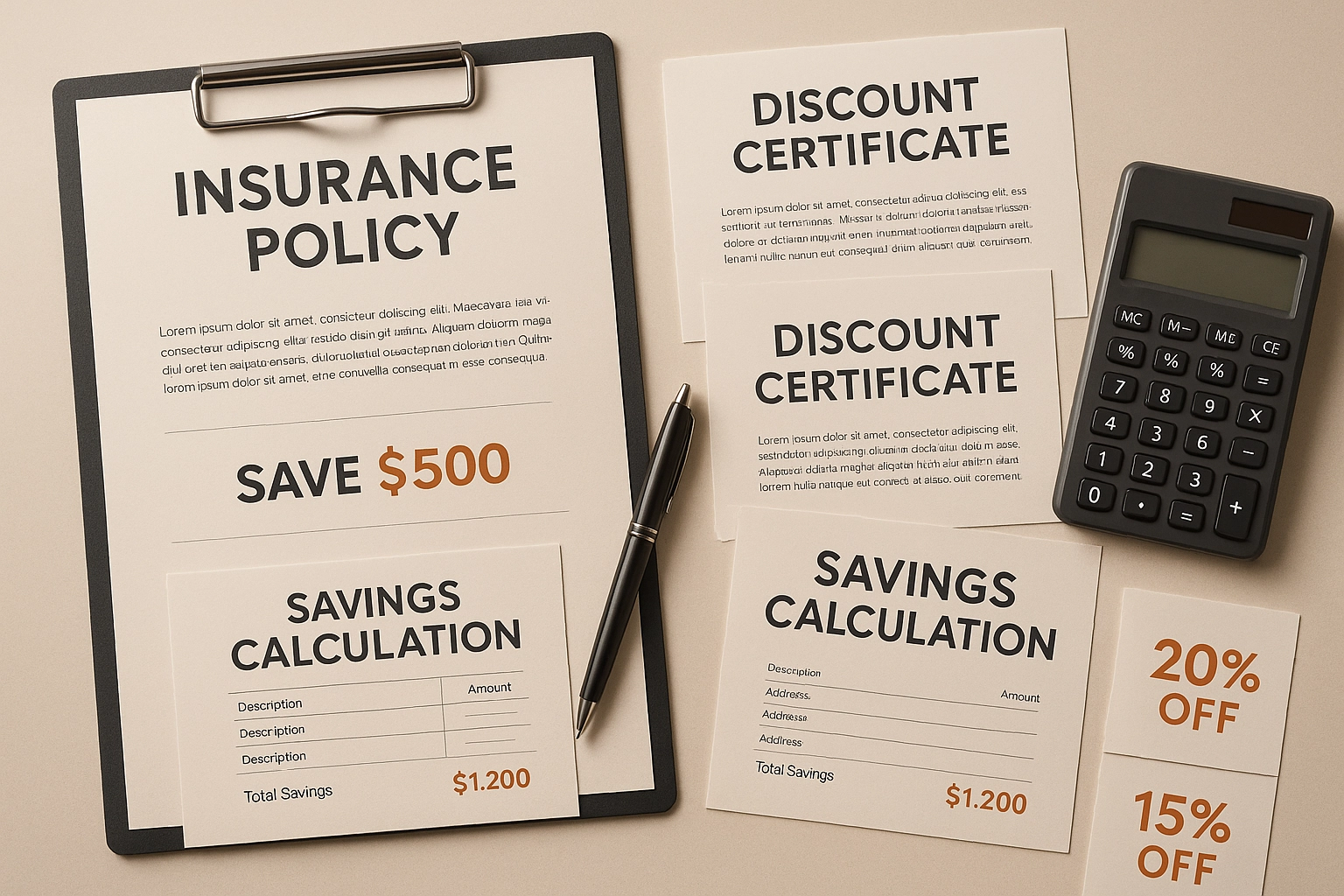Adams & Associates - Learn with Us
Why Your Insurance Rates Are Skyrocketing (And 3 Ways to Fight Back)

You've probably noticed it when you opened your insurance renewal notice – that gut punch when you see your premium has jumped 20%, 30%, or even more from last year. You're not imagining things, and you're definitely not alone.
Insurance rates across the board have been climbing at record speeds. Homeowners insurance jumped an average of 11% in 2024, while auto insurance rates spiked by over 16% that same year. Some areas have seen even steeper increases, leaving many people wondering if they can even afford to stay protected.
The good news? You don't have to just accept these increases and hope for the best. There are real strategies you can use to fight back and keep more money in your pocket.
What's Really Driving These Massive Rate Increases?
Before we dive into solutions, let's talk about why this is happening. Understanding the "why" helps you make smarter decisions about your coverage.
Natural Disasters Are Getting More Expensive

The biggest factor hitting homeowners insurance is the dramatic increase in severe weather events. Last year alone, the United States experienced at least 20 billion-dollar natural disasters. To put that in perspective, from 1980 to 2023, the average was only 8.5 events per year.
These aren't just coastal problems anymore. Insurance companies spread the cost of major disasters across all their customers, which means even if you live nowhere near hurricane zones or wildfire areas, you're still feeling the impact through higher premiums.
Hurricanes in Florida and North Carolina, wildfires in California, extreme cold snaps in Texas, and severe tornadoes across the Midwest – all of these events force insurance companies to pay out massive claims. To stay financially stable and avoid bankruptcy, they have to raise rates for everyone.
Everything Costs More to Fix
Inflation hasn't just hit your grocery bill – it's also making insurance claims much more expensive to handle. When your car gets damaged or your roof needs repairs, insurance companies are paying significantly more than they did just a few years ago.
For homeowners, material costs and labor shortages have created a perfect storm of expensive repairs. A roof replacement that cost $15,000 five years ago might now run $25,000 or more.
Car repairs have their own inflation problem. Parts cost more, labor rates have increased, and there's often a longer wait time for repairs, which means higher rental car costs for insurance companies.
Modern Cars Are Expensive to Fix

Today's vehicles are essentially computers on wheels, and that's creating some surprising costs. A simple windshield replacement on a newer car can cost twice as much as an older model because of all the integrated technology.
Advanced driver assistance systems like lane departure warnings, automatic emergency braking, and adaptive cruise control all require expensive sensors and cameras. When these get damaged, they don't just need to be replaced – they need to be recalibrated by specially trained technicians.
Even a minor fender bender can trigger thousands of dollars in high-tech repairs that didn't exist in older vehicles.
3 Proven Ways to Fight Back Against Rising Rates
Now for the good news – you have more control over your insurance costs than you might think. Here are three strategies that can make a real difference in your monthly budget.
1. Shop Around and Bundle Smart
This might seem obvious, but most people don't actually do it. Shopping for insurance can save you hundreds or even thousands of dollars per year, but it requires some effort.
Get quotes from multiple companies – not just online comparison sites, but actual quotes from real agents. Insurance companies use different formulas to calculate risk, which means you might be overpaying with your current company while getting a much better deal elsewhere.
Bundle your policies – combining your auto and homeowners insurance with the same company typically saves 5-25% on both policies. Some companies offer even deeper discounts for bundling additional coverage like umbrella policies or life insurance.
Don't assume loyalty pays – staying with the same insurance company for years doesn't always get you the best rates. Many companies offer their lowest prices to attract new customers, not reward long-term ones.
Consider working with an independent agent who can compare multiple companies for you. They often have access to companies that don't advertise directly to consumers and can help you find specialized coverage that fits your specific situation.
2. Optimize Your Deductibles and Coverage

Your deductible is one of the biggest levers you have for controlling your insurance costs. Raising your deductible from $500 to $1,000 can cut your premium by 10-15%. Going to $2,500 or $5,000 can save even more.
The key is being strategic about it – make sure you actually have the money set aside to cover your higher deductible if something happens. There's no point in saving $500 per year on premiums if you can't afford a $2,500 deductible when you need it.
Review your coverage limits – you might be paying for more coverage than you actually need. If your car is older, you might want to drop comprehensive and collision coverage altogether. If you've paid down your mortgage significantly, you might not need as much dwelling coverage as when you first bought your home.
Avoid small claims – filing frequent small claims can actually cost you more in the long run through higher premiums. Consider paying for minor repairs out of pocket and saving your insurance for true emergencies.
3. Maximize Discounts and Improve Your Credit
Insurance companies offer dozens of discounts, but they don't always volunteer information about them. You have to ask.
Common discounts you might be missing:
- Safe driver discounts for clean driving records
- Multi-vehicle discounts if you insure multiple cars
- Home security system discounts
- Smoke detector and fire alarm discounts
- Professional organization or alumni group discounts
- Military or veteran discounts
- Good student discounts for young drivers
Work on your credit score – in most states, insurance companies can use your credit score to help set your rates. People with poor credit can pay up to 88% more for the same coverage as someone with excellent credit.

Improving your credit score takes time, but it can significantly reduce your insurance premiums while also helping you in other areas of your finances. Pay bills on time, keep credit card balances low, and check your credit report regularly for errors.
Take a defensive driving course – many insurance companies offer discounts of 5-10% for completing an approved defensive driving course. These courses are often available online and only take a few hours to complete.
Make Your Insurance Work Harder for You
The reality is that insurance rates probably aren't going back to where they were a few years ago. Climate change, inflation, and technology costs aren't temporary problems – they're the new normal.
But that doesn't mean you're powerless. By taking a proactive approach to managing your insurance, you can significantly reduce the impact of rising rates on your budget.
The most important thing is to treat insurance as an active part of your financial planning, not something you set and forget. Review your policies annually, shop around every few years, and don't be afraid to ask questions about discounts or coverage options.

Your insurance should protect you without breaking your budget. With some strategic thinking and a little effort, you can keep your coverage strong while keeping more money in your pocket.
QUESTIONS? If you're feeling overwhelmed by your insurance options or want help finding the right coverage at the best price, contact us. We specialize in helping people navigate these challenging insurance markets and find solutions that actually work for their budgets and needs.










